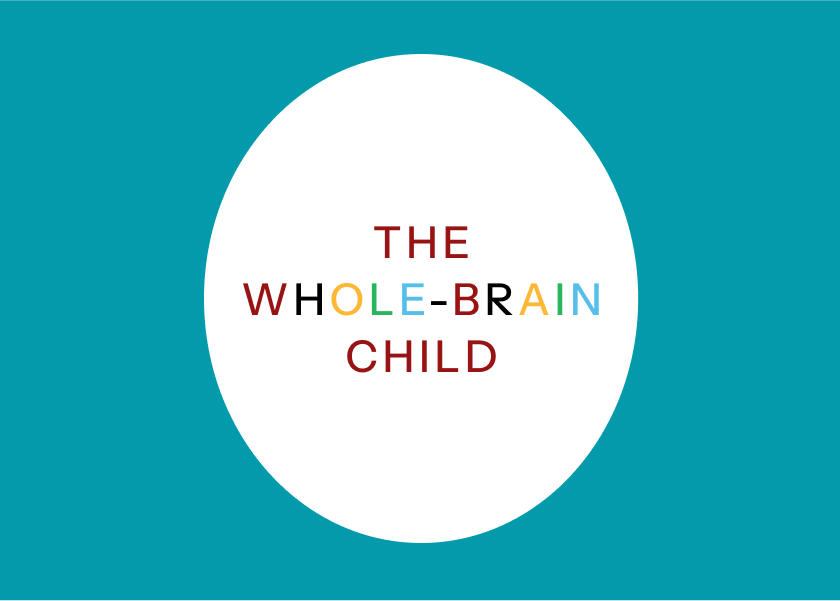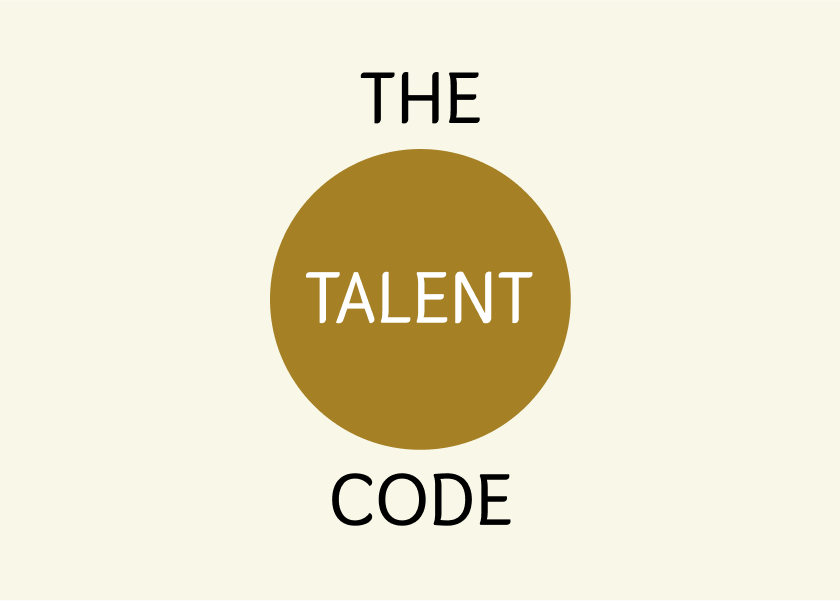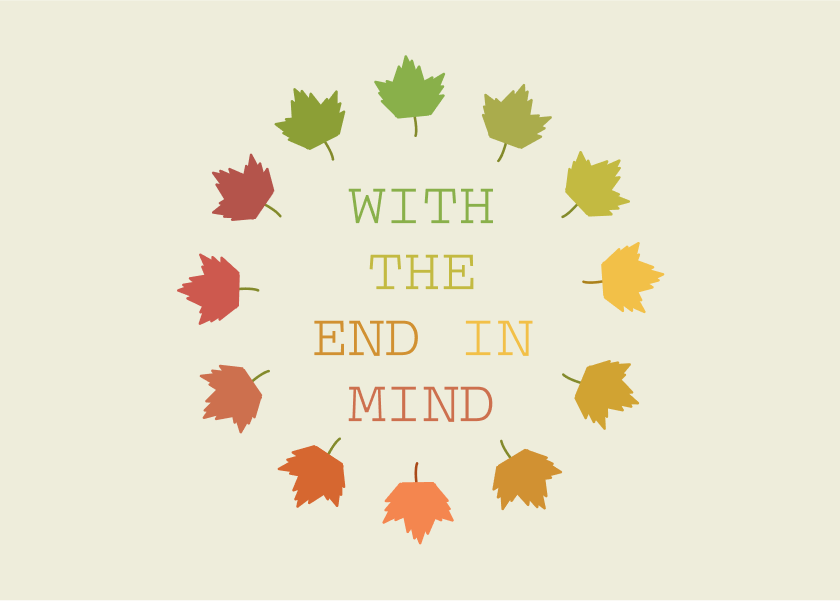The Whole-Brain Child by Siegel and Payne Bryson - Summary
Unlock your child's full potential! This book reveals 12 revolutionary strategies based on brain science to navigate challenges, foster emotional growth, and build stronger connections. Go beyond survival and help your kids thrive!

The following is a summary and review of the book The Whole-Brain Child by Siegel and Payne Bryson.
Nurturing Your Child's Developing Mind
Are you sometimes left feeling like parenting is a constant juggling act, desperately trying to navigate tantrums, sibling squabbles, and the everyday chaos of raising children? Do you long to move beyond simply surviving those challenging moments and instead help your children truly flourish? The Whole-Brain Child: 12 Revolutionary Strategies to Nurture Your Child's Developing Mind by Daniel J. Siegel, M.D., and Tina Payne Bryson offers a groundbreaking approach based on brain science to help you do just that. This popular book provides practical strategies for understanding your child's developing brain and fostering resilience, emotional intelligence, and stronger family connections. Reading this summary will give you a valuable overview of the book's key concepts and actionable tips, saving you time while empowering you with insights you can implement immediately.
Table of Contents
- About the Author
- Who Should Read This Book?
- Key Insights and Themes
- Detailed Summary
- Review
- Actionable Takeaways
- FAQs
- Conclusion
About the Author
Daniel J. Siegel, M.D., is a graduate of Harvard Medical School and completed his postgraduate medical education at UCLA with training in paediatrics and child, adolescent, and adult psychiatry. He is currently a clinical professor of psychiatry at the UCLA School of Medicine, co-director of UCLA’s Mindful Awareness Research Center, co-investigator at the Center for Culture, Brain and Development, and executive director of the Mindsight Institute. With over twenty-five years of psychotherapy practice including children, adolescents, adults, couples, and families, Dr. Siegel brings a wealth of clinical experience to his writing. He is also the author of several acclaimed books, including "Parenting from the Inside Out," "The Mindful Brain," "Mindsight: The New Science of Personal Transformation," and "The Developing Mind". His work is dedicated to promoting insight, compassion, and empathy in individuals, families, institutions, and communities. "The Whole-Brain Child" is co-authored with Tina Payne Bryson.
Who Should Read This Book?
This book is written for anyone involved in the crucial work of raising, supporting, and nurturing children, including parents, grandparents, teachers, therapists, and other significant caregivers in a child’s life. While the book primarily focuses on the years from birth to twelve, with a particular emphasis on toddlers, school-age children, and preteens, much of the wisdom can be creatively adapted for teenagers as well. If you find yourself wanting to understand your child's behaviour better, respond more effectively to difficult situations like tantrums and meltdowns, foster their emotional and social development, and build a stronger, more meaningful relationship with them, then this book is for you. It offers an antidote to parenting approaches that overemphasise achievement at any cost, focusing instead on helping children become more themselves, resilient, and at ease in the world.
Key Insights and Themes
Here are some of the key takeaways and main ideas presented in The Whole-Brain Child:
- The brain has different parts with different jobs, including the left (logic, language, linear thinking) and right (emotions, nonverbal cues, holistic thinking) hemispheres.
- Optimal well-being and functioning come from integration, where these distinct parts of the brain work together as a whole.
- Another key aspect of brain structure is the "downstairs brain" (instincts, emotions, survival) and the "upstairs brain" (decision making, empathy, morality), which develops significantly throughout childhood and into the mid-twenties.
- Parenting with the brain in mind means understanding these basic brain functions and using everyday interactions to promote integration.
- The book presents 12 whole-brain strategies designed to help children (and their caregivers) navigate emotional challenges and foster healthy development.
- Even difficult parenting moments are opportunities to help your child thrive, not just survive.
- Neuroplasticity means the brain can change and rewire itself based on experiences. Parents play a significant role in providing experiences that shape their child's developing brain.
- Storytelling is a powerful tool for integrating the left and right brain, helping children make sense of their emotions and experiences.
- Understanding memory as associations rather than fixed files, and the impact of recall on memory itself, is crucial for helping children process past events.
- Mindsight, understanding our own mind and the minds of others, is essential for mental health, well-being, and building fulfilling relationships. The Wheel of Awareness is a model for understanding the different aspects of our inner experience.
- Paying attention to the Sensations, Images, Feelings, and Thoughts (SIFT) within us helps us gain insight and control over our internal states.
- Conflict can be viewed as an opportunity to teach essential relationship skills by focusing on connection and understanding different perspectives.
- A coherent life narrative, making sense of our past experiences, influences our present well-being and our ability to parent sensitively.
Detailed Summary
The book is structured around the concept of brain integration and presents twelve specific strategies to foster this integration in children.
Chapter 1: Parenting with the Brain in Mind This chapter introduces the fundamental idea that understanding the basics of a child's developing brain can significantly enhance parenting. It emphasises that the brain plays a central role in virtually every aspect of a child's life, including discipline, decision-making, and relationships. The core concept introduced is integration, the linking of different parts of the brain to work together as a well-functioning whole. Just as bodily organs need to be integrated for physical health, different parts of the brain need to connect for optimal mental and emotional well-being. The chapter highlights that parents have the power to shape their child's brain development through the experiences they provide.
Chapter 2: Two Brains Are Better Than One: Integrating the Left and the Right This chapter focuses on the left and right hemispheres of the brain and their distinct functions. The left brain is described as logical, literal, linguistic, and linear, while the right brain is holistic, nonverbal, and focused on emotions and nonverbal cues. The key is to help children use both sides of their brain together. Two whole-brain strategies are introduced:
- Connect and Redirect: Surfing Emotional Waves: When a child is upset, the first step is to connect emotionally with their right brain, offering empathy and understanding before trying to reason with their left brain. Once the child feels heard and understood, they become more receptive to left-brain logic and problem-solving.
- Name It to Tame It: Telling Stories to Calm Big Emotions: Helping a child tell the story of what's upsetting them engages their left brain to make sense of the right brain's emotional experience. This narrative process helps to calm intense emotions and fosters a sense of control. Research shows that simply labelling feelings can reduce activity in the emotional circuitry.
Chapter 3: Building the Staircase of the Mind: Integrating the Upstairs and Downstairs Brain This chapter introduces the concept of the "upstairs brain" (prefrontal cortex) responsible for decision making, personal insight, empathy, and morality, and the "downstairs brain" (brainstem and limbic region) which governs instincts, basic emotions, and survival reactions. The upstairs brain develops gradually, reaching full maturity in the mid-twenties. The chapter offers several strategies to bridge these two parts:
- Engage, Don’t Enrage: Appealing to the Upstairs Brain: When children are reactive, try to engage their upstairs brain by asking questions and encouraging reflection, rather than triggering their downstairs survival responses.
- Use It or Lose It: Exercising the Upstairs Brain: Provide opportunities for children to practice upstairs brain functions like making choices, thinking about feelings, and showing empathy to strengthen these capacities.
- Move It or Lose It: Moving the Body to Avoid Losing the Mind: Physical movement can directly affect brain chemistry and help a child regain balance when they are overwhelmed and disconnected from their upstairs brain.
Chapter 4: Kill the Butterflies! Integrating Memory for Memories This chapter addresses how to help children integrate memories, particularly difficult or painful ones. It debunks myths about memory being like a perfect file cabinet or a photocopy machine. Instead, memory is about associations and is altered each time it's recalled. The key strategy is:
- Remember to Remember: Making Recollection a Part of Your Family’s Daily Life: Encourage children to tell and retell their stories, especially about significant events, to integrate implicit (unconscious) and explicit (conscious) memories. This helps them make sense of their past experiences and reduces the hidden power of implicit memories. Asking questions and journaling can facilitate this process.
Chapter 5: The United States of Me: Integrating the Many Parts of the Self This chapter focuses on helping children understand and integrate the different aspects of their own selves. It introduces the concept of mindsight, understanding one's own mind, and the Wheel of Awareness, a model to picture the different aspects of our inner world (sensations, images, feelings, thoughts) as points on the rim of a wheel, with awareness itself as the hub. Two key strategies are:
- Let the Clouds of Emotion Roll By: Teaching That Feelings Come and Go: Help children understand that emotions are temporary and will pass, rather than getting stuck in a particular emotional state.
- SIFT: Paying Attention to What’s Going On Inside: Teach children to notice and understand the sensations, images, feelings, and thoughts within them. This self-awareness allows them to gain more insight and control over their inner experiences.
Chapter 6: The Me-We Connection: Integrating Self and Other This chapter explores the importance of connecting with others while maintaining a unique identity. It builds on the concept of mindsight to include understanding the minds of others, which relies on empathy. The chapter introduces two strategies for fostering this connection:
- Increase the Family Fun Factor: Making a Point to Enjoy Each Other: Prioritising fun and positive interactions within the family strengthens bonds and promotes a sense of connection.
- Connect Through Conflict: Teach Kids to Argue with a “We” in Mind: Instead of avoiding conflict, view it as an opportunity to teach essential relationship skills such as perspective-taking and working towards mutual understanding.
Conclusion: Bringing It All Together The conclusion reinforces the book's central message that understanding and fostering brain integration can transform everyday parenting challenges and help children thrive. It emphasises the long-term benefits of this approach, not only for the child's well-being but also for their future relationships and even future generations. The authors encourage parents to be intentional in shaping their child's mind while also being accepting of imperfections and viewing mistakes as learning opportunities.
Review
The Whole-Brain Child offers a refreshing and insightful perspective on parenting by grounding its advice in the principles of brain development. Its strength lies in its ability to translate complex neuroscientific concepts into practical, easy-to-understand strategies that parents and caregivers can implement immediately. The use of relatable anecdotes and clear explanations makes the science accessible and engaging. The division of each chapter into explanations and What You Can Do sections, along with Whole-Brain Kids and Integrating Ourselves sections, provides a comprehensive and actionable framework. The inclusion of an Ages and Stages chart and a Refrigerator Sheet further enhances its practicality.
One potential area for consideration is that consistently applying these strategies requires awareness, patience, and effort from parents. In the midst of daily stressors, remembering and implementing these techniques might not always be straightforward. However, the book acknowledges this reality and encourages intention and awareness rather than perfection. Overall, The Whole-Brain Child is a valuable resource that empowers caregivers with a deeper understanding of the developing mind, offering effective tools to navigate parenting challenges and foster their children's growth and well-being.
Actionable Takeaways
Here’s how to apply these lessons in real life:
- When your child is emotionally upset, connect with their feelings first (right brain to right brain) before trying to reason or discipline (engaging the left brain).
- Help your child tell the story of what happened when they are experiencing big emotions. This engages their left brain to process right-brain feelings.
- Encourage physical activity as a way to help your child regain emotional balance when they seem overwhelmed or disconnected.
- Make it a habit to reminisce and talk about past events as a family to strengthen memory integration. Ask specific questions to draw out details.
- Help your child become aware of their inner world by asking questions about their sensations, images, feelings, and thoughts (SIFT).
- Teach your child that feelings are temporary and will eventually pass.
- Look for opportunities to have fun together as a family to strengthen connections.
- When conflicts arise, focus on helping your children understand each other's perspectives and find solutions with a "we" in mind.
FAQs
- What is "The Whole-Brain Child" about? "The Whole-Brain Child" explains how a child's brain develops and offers 12 strategies based on brain science to help parents navigate daily challenges and nurture their child's emotional growth and well-being by fostering integration between different parts of the brain.
- Is "The Whole-Brain Child" worth reading? Yes, "The Whole-Brain Child" is widely considered a valuable resource for parents, caregivers, and anyone working with children. It provides practical, science-backed advice that can lead to a deeper understanding of children's behaviour and more effective parenting techniques.
- What does "brain integration" mean in the context of this book? Brain integration refers to the process of linking the different parts of the brain together so they can work in a coordinated and balanced way. This includes integrating the left and right hemispheres, the upstairs and downstairs brain, memory, different aspects of the self, and the self with others.
- What are some of the "12 revolutionary strategies"? Some of the strategies include "Connect and Redirect," "Name It to Tame It," "Engage, Don't Enrage," "Use It or Lose It," "Move It or Lose It," "Remember to Remember," "Let the Clouds of Emotion Roll By," "SIFT," "Exercise Mindsight," "Increase the Family Fun Factor," and "Connect Through Conflict".
Conclusion
The Whole-Brain Child provides a powerful framework for understanding the complexities of a child's developing mind and offers practical, evidence-based strategies to foster their emotional, social, and cognitive growth. By embracing the principles of brain integration, you can move beyond simply managing challenging behaviours and instead cultivate resilience, empathy, and deeper connections with your children. This book empowers you to be more intentional in your parenting, turning everyday moments into opportunities for your child to not just survive, but truly thrive, both now and in the future.
As an Amazon Associate, ShelfHelp may earn money from qualifying purchases. Needless to say, ShelfHelp only includes affiliate links to books we recommend and think are worth your time reading.




